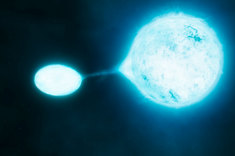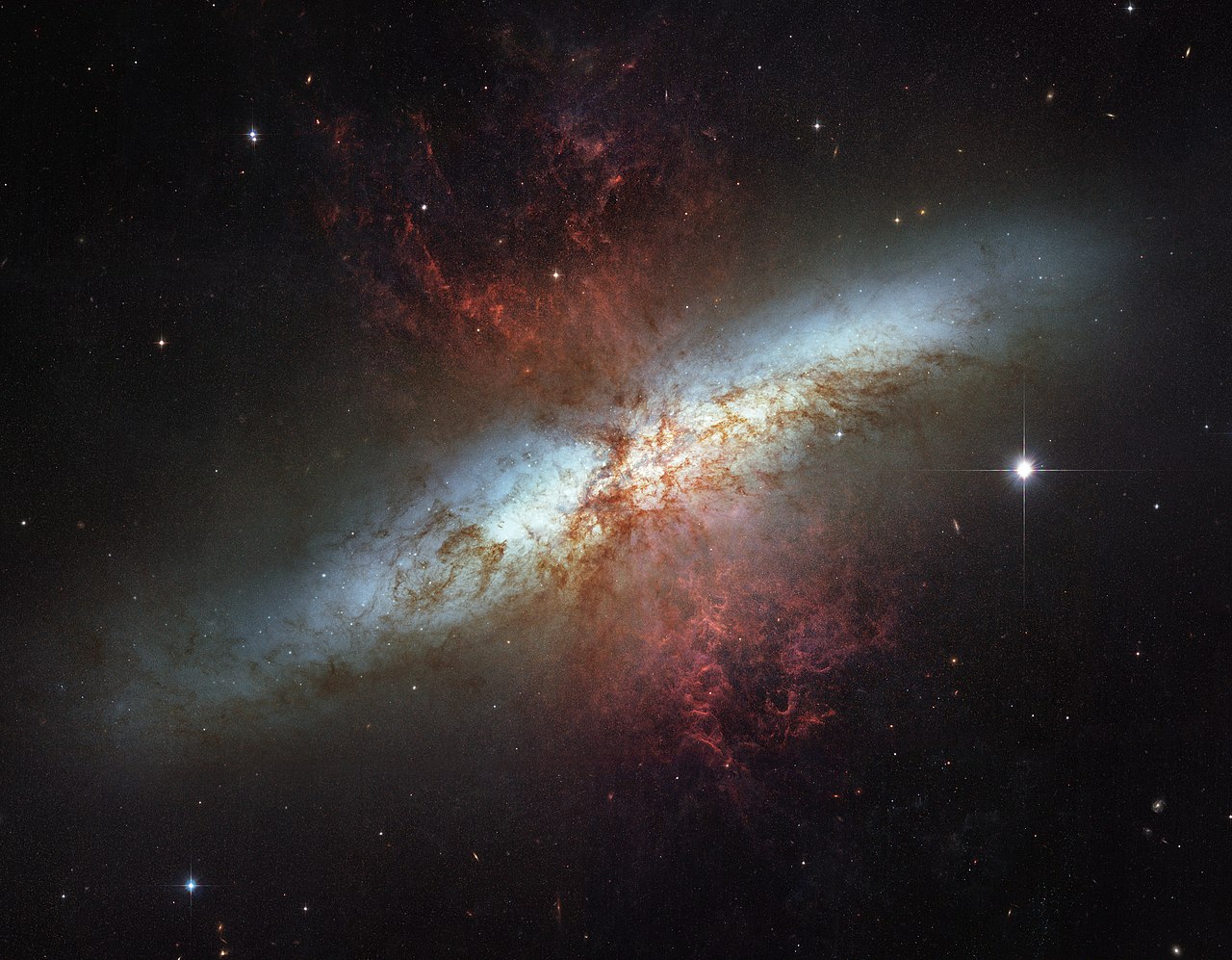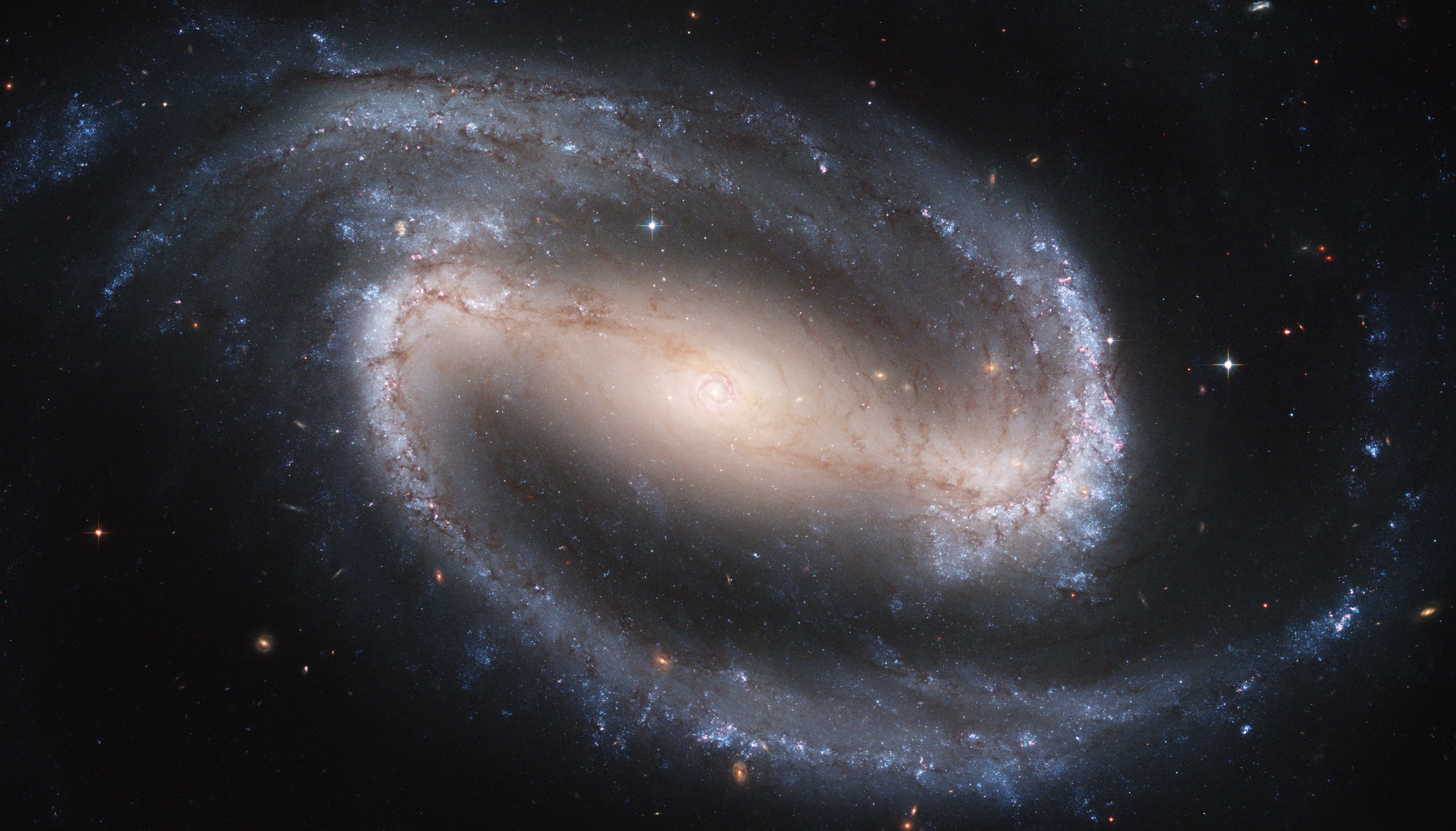In fact, Hubble and other orbital telescopes are revealing that most star systems are at least binary (the Alpha Centauri system is now known to be trinary--and it appears that most star systems seen so far are trinary). This makes for potentially lethal conditions for planets of such systems. Systems have been observed with four, five, six and even seven stars. Tidal gravitational effects would at least create the local equivalent of earthquakes on any planet with tectonic plates. Apart from that, when stars in multi-star systems pass near one another (and "near" can be millions and millions of miles), gaseous plasma from the coronas of the stars can be drawn off, and Dog help any planet passing through such a flux.

It could get even worse with multi-star systems, which can lead stars to go nova as they suck up plasma for their companion stars.
People like to think that life is common in the cosmos. They like to think that there are billions of stars out there which could support life. The probability of that being true, however, is being revealed as far less likely than people have liked to think. In the centers of galaxies, it is highly unlikely because there are so many stars occupying what is relatively a small space. If solitary stars with candidate planets are to be found, they are most likely to be found on the fringes of galaxies. They are most likely to be found in the spiral arms of galaxies, in those galaxies which are configured that way--and it is becoming clearer that that is by no means to be considered a common configuration of galaxies. The galaxy shown below is of a type only recently discovered, and as yet unclassified, unnamed. It is thought to be the aftermath of galaxies which have collided, and very, very recently.
 The galaxy below has ten times the star mass of our galaxy--it is of a type called a starburst galaxy.
The galaxy below has ten times the star mass of our galaxy--it is of a type called a starburst galaxy.
 The image below is of a barred spiral galaxy. There is precious little scope for stable, solitary star systems there on which life, at least as we understand it, could arise and survive.
The image below is of a barred spiral galaxy. There is precious little scope for stable, solitary star systems there on which life, at least as we understand it, could arise and survive.
 Below is a low mass star burst galaxy (these are thought to be caused by the collision of two galaxies), in which there was insufficient mass for an accretion disc to form on the galactic scale.
Below is a low mass star burst galaxy (these are thought to be caused by the collision of two galaxies), in which there was insufficient mass for an accretion disc to form on the galactic scale.

The more observational data we get from orbital telescopes, the clearer it becomes that old assumptions are unwarranted, and in fact, that any assumptions are just out the window. If there are billions of planets on which life could arise, and has done so, it would be on the cosmic scale, a few at most, in each galaxy, and probably only in galaxies of the type such as the one we inhabit.